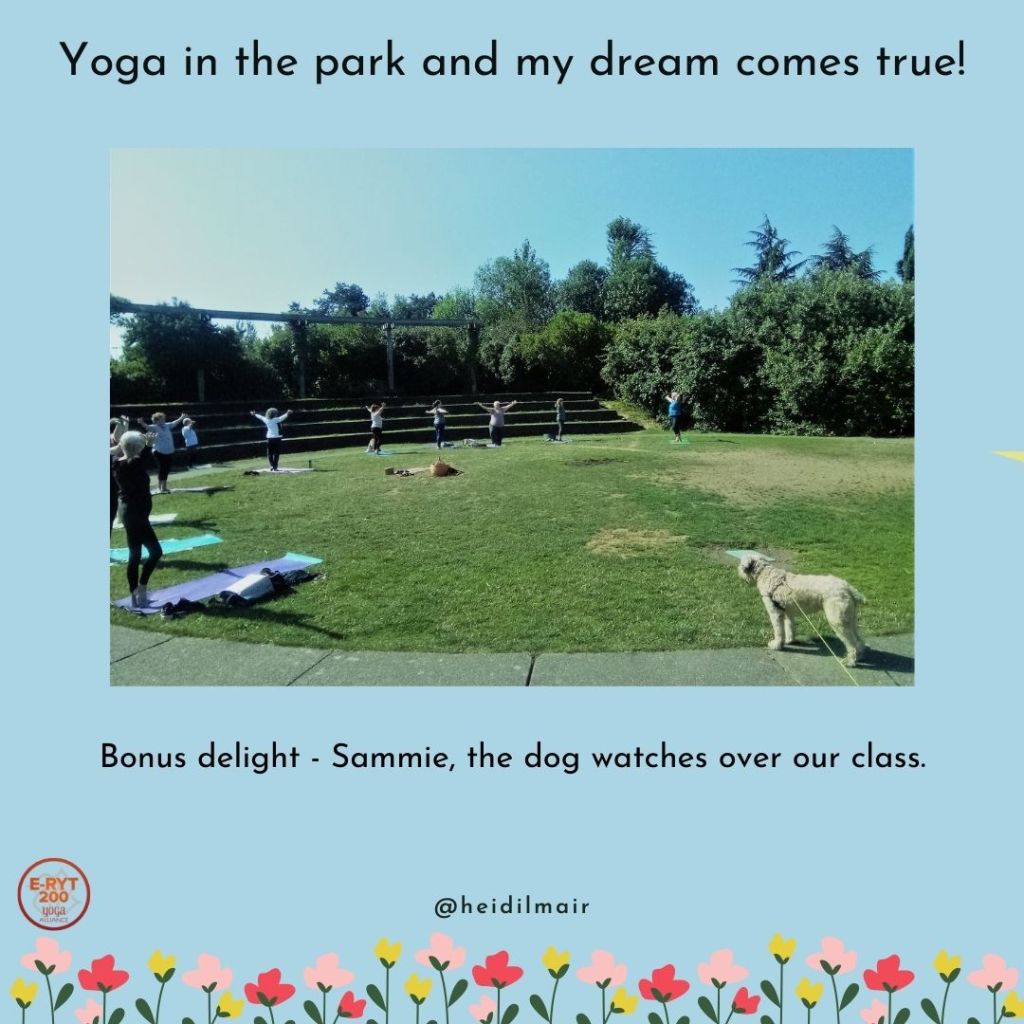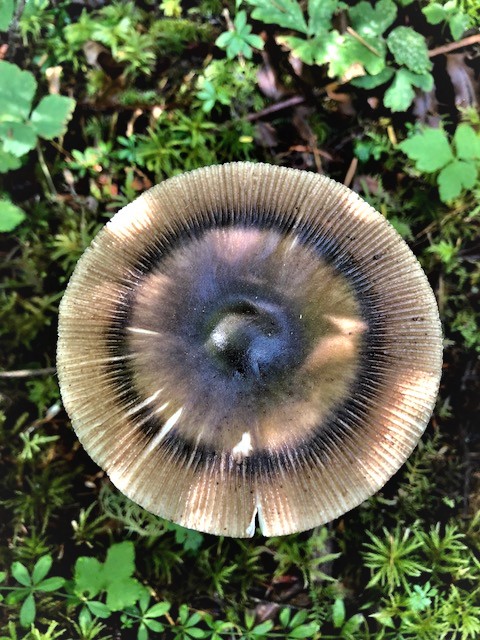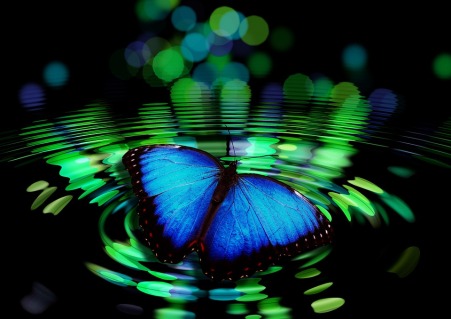I had joyfully been teaching Yoga to active older adults for nine years when all of my classes were cancelled in March 2020. Initially I thought classes would resume in Summer. Au contraire, restaurants, cafes, schools, libraries, churches and parks closed as the pandemic raged on. I missed my students and wondered how they were faring. Some had been practicing with me for years, others for a matter of months.
I worried that I was about to lose the connection we had fostered together. I reached out to students, then began offering online classes in May 2020. To my great surprise, many hopped onto the new technology right away. Let me tell you, there was a learning curve! No matter, we were exploring a new way to interact and practice Yoga. I was so happy I nearly wept. Along the way, friends and family joined. Some people dropped in for a few weeks or months; most have continued week in and week out for the duration of the pandemic. We continue to grow and deepen our community (sangha). Before class we have check in for 10 minutes. Some people opt out of the conversation and listen. Topics range from Yoga, health, family, gardening, current happenings, and of course, the pandemic.
Community and Movement
Although we practice in our own homes, we feel one another’s presence. As we move and breathe together, the magic of entrainment happens. Humans feel happy and connected when moving in unison. I have experienced group flow and joy in Yoga classes, while dancing, singing and in celebration. I fondly remember an herbal conference in southern Oregon. At the opening ceremony and after the invocation, we held hands encircling a giant oak. We moved to the sound of the leaves rustling and wind blowing. Several years ago, I attended a Winter Solstice celebration and learned more about this innate human tendency to move in sync. Our teacher began class with gentle drumming as we meditated, resting on our backs with our hands on our chests. He told us that when we gather in a group, our heartbeats begin to syncopate together with the drumbeat. We later drummed while listening to our own heartbeat, then that of another person.
Opportunities for Collective Effervescence
To facilitate community-building in an online environment, I created new opportunities to experience my classes:
Communication beyond class time, I regularly send email with updates and tips. I created an Instagram account (https://www.instagram.com/heidilmair/. My posts include pictures of dog walks, gardens and parks, poems and Yoga quips and quotes. For the month of November, every post focused on gratitude. I continue to write a blog post each month and highlight the teachings and topics in my classes. I call, email and meet with individual students when possible.
Yoga on the Road – in the month of May, I traveled cross-country with my family and taught from each destination: Yuma Arizona; Las Cruces, New Mexico; nephew Thomas’ farm in northern Texas; nephew Dave’s house in Columbus, Ohio and Dayton, Ohio. Next up – Yoga on a goat farm and the Oregon coast.
Seasonal offerings – I select readings and design practices to highlight and celebrate each passing season.
Outdoor Yoga – this Summer, I held three classes in gardens – at my house and the homes of two community members. I also taught an outdoor series at Magnuson Park. Outdoor Yoga included gardens, dogs walking, cats lounging, chickens clucking, children and birds singing and a few airplanes. To recline upon the earth and gaze up at the tall trees and blue sky was indeed healing.
It was fabulous to meet in person again and to welcome new students. The first class was also held via Zoom, so students at home could follow along. We were giddy with delight. This was truly a moment of collective effervescence – that moment of bliss that comes from communal shared experiences. As I looked at each student, I cherished their contribution to our group. The more we practice together, the more in sync we become. There has been a shortage of collective effervescence over the past year and one-half. I experienced it that morning. And I contend that our online community inculcates bliss, healing, compassion even across the internet.
Looking forward
This Fall, I look forward to the return of in-person classes and the benefits of practicing together in a shared, community space. All community center staff and instructors are fully vaccinated, and we will wear masks. Class limits are lower to ensure social distance. Like old times, we will chat before and after class.
I will also continue teaching online. Many of my students prefer it and feel safer at home until Covid is under control. Others want the option to take an online class – even if they return in person. I enjoy the experience of teaching from home. We see one another’s rooms, books, animals, artwork. It is cozy and comfy, personable – even warm and fuzzy. Now that I have taught for more than a year online, I have learned better ways to cue and pace my classes.
In both settings, my heart soars when I see the calm, peaceful look on my students’ faces at the close of class. I have found my bliss teaching Yoga.
The misconception which has haunted philosophic literature throughout the centuries is the notion of ‘independent existence.’ There is no such mode of existence; every entity is to be understood in terms of the way it is interwoven with the rest of the universe.
― Alfred North Whitehead










